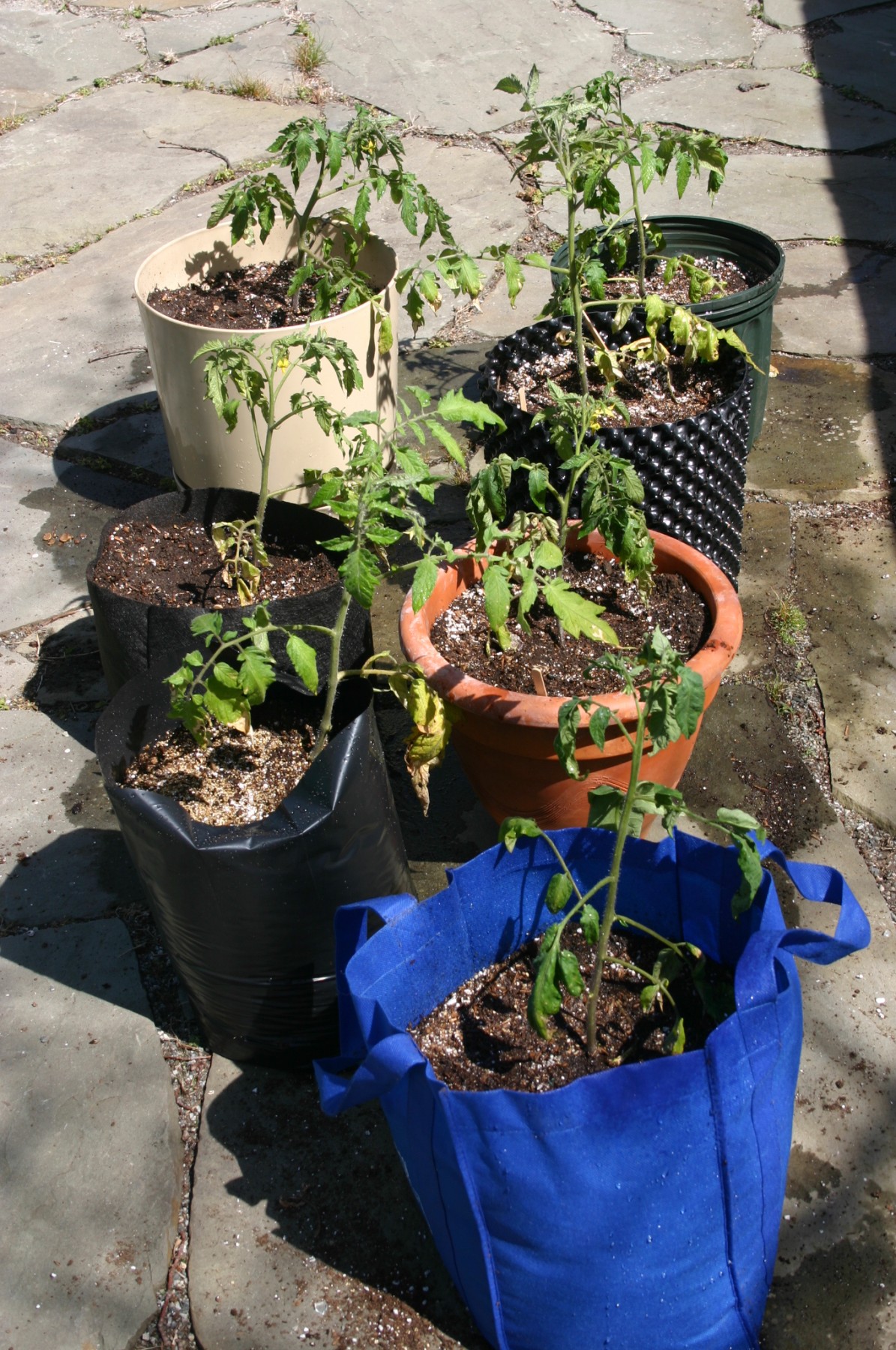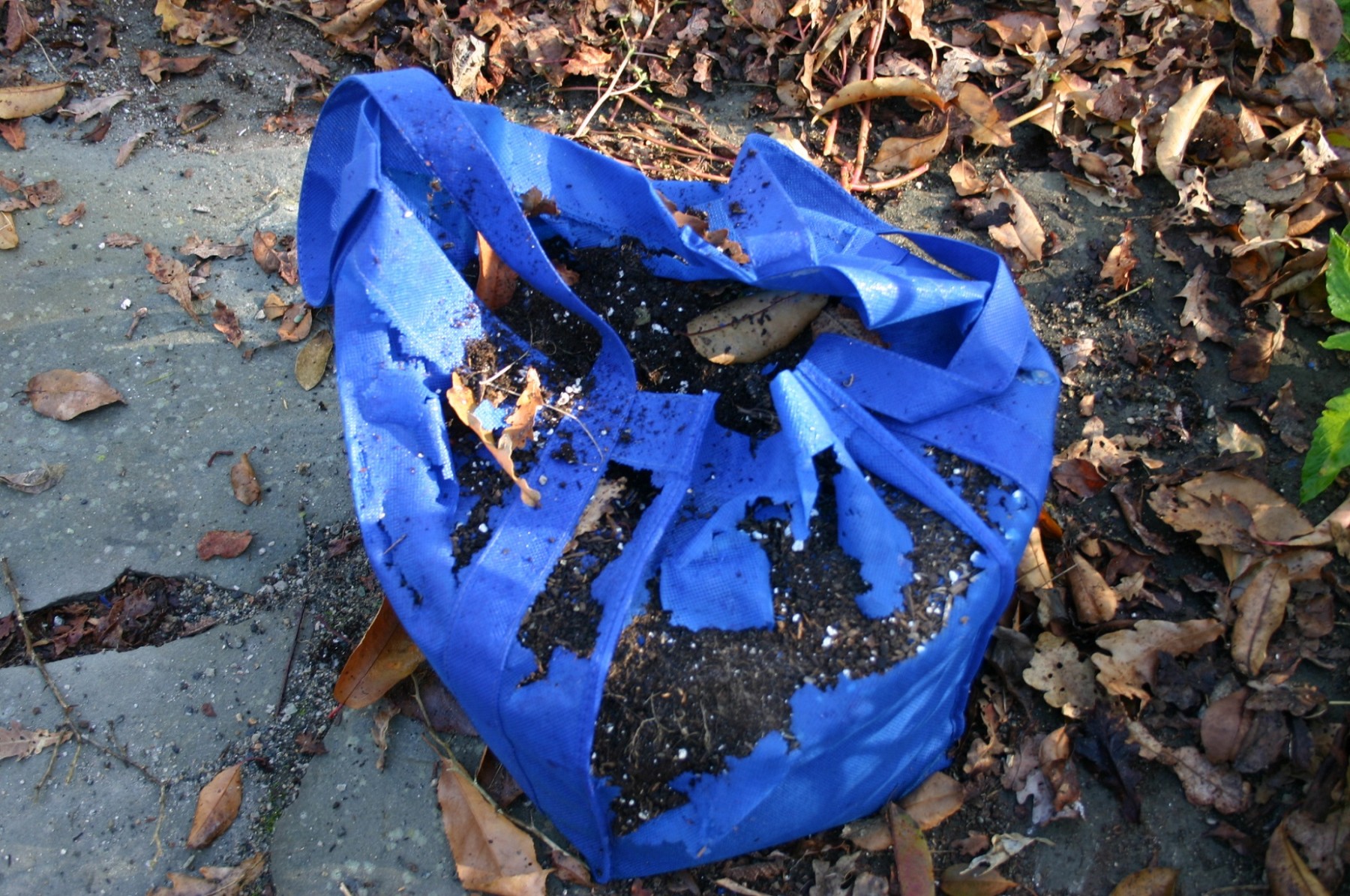
Pots are essential in a greenhouse, but picking which pot to use for which plant isn’t always easy. The options come in many different shapes and sizes as well as different materials and colors. So how do you select the best pot for a particular purpose? A few tips will help.
Choosing a pot of appropriate size and shape is less of a challenge. For example, it isn’t hard to deduce that shallow-rooted plants, such as turmeric or ginger, are apt to do well in a wide pot that allows their harvestable roots to spread. In contrast, a tall plant, such as a mango or citrus tree, clearly requires a deeper pot because its roots want to grow far downward.
But deciding among pots of different materials and colors can be more difficult. For instance, in what kind of pot should you grow cacti, which prefer dry, sandy soil? If clay pots tend to dry out faster than plastic ones, will cacti do better in clay than in plastic? Similarly, certain plants need more heat than others, so pot insulation and heat absorption may be important factors, too, these being related to both pot material and color.
To gather evidence about the effects of pot material and color, I conducted an experiment a few years ago testing three-gallon pots of different kinds for growing Burpee Early-Girl tomato plants, all of which were the same size at the start. The pot materials ranged from glazed clay to unglazed clay, and from thick plastic to thin. I also included a plastic growbag, a felt growbag, and even a plastic recyclable shopping bag (which recycled itself before the trial was over!). In addition, I bought a bag of tomato potting soil to see if shape affected plant development. My containers also came in various colors: black, white, blue, brown and red. As controls in this experiment, I set one plant in a greenhouse bed rather than in a container, and I put another plant directly into my outdoor vegetable garden. All of the plants were set in pots in the greenhouse and later moved to the stone patio outside.

The first tomatoes developed on a plant in a thick, black, plastic pot, probably because the soil heated up more quickly and the pot was able to retain that heat. In contrast, the last potted plant to set tomatoes was the one in the flat tomato potting soil, probably because it had the most surface exposed to a cool stone floor, both in the greenhouse and on the patio. Plants set in containers made of clay, felt, and thin plastic, as well as the other plastic growbag, were middling in the speed with which they set fruit, and they also required more watering. As for pot colors, plants in light-colored containers (which reflect light) took longer (up to four weeks) to set fruit than those in dark-colored ones (which absorb light and heat). Finally, the slowest of all plants to set fruit was the one in the vegetable garden, having been planted in soil that was still quite cold in spring.
From this experiment I concluded that heat matters in getting early fruiting or flowers, so I grow my plants in the greenhouse in tall, black, heavy-plastic pots and set them on benches rather than on cold stone floors. To really get early plants I use a heating pad, but that’s a whole ‘nother story.










